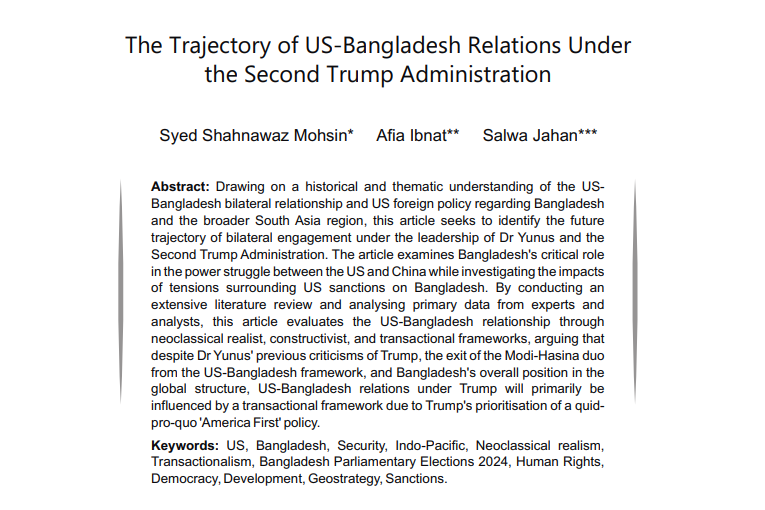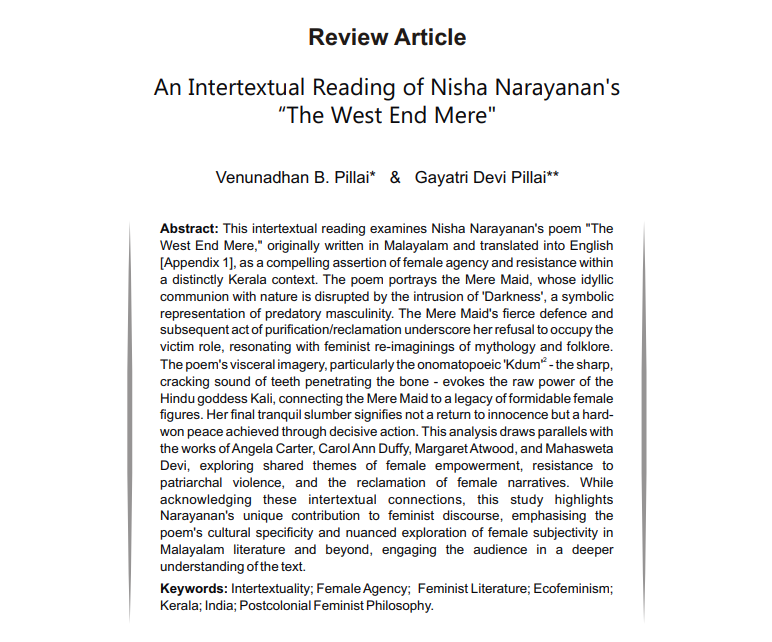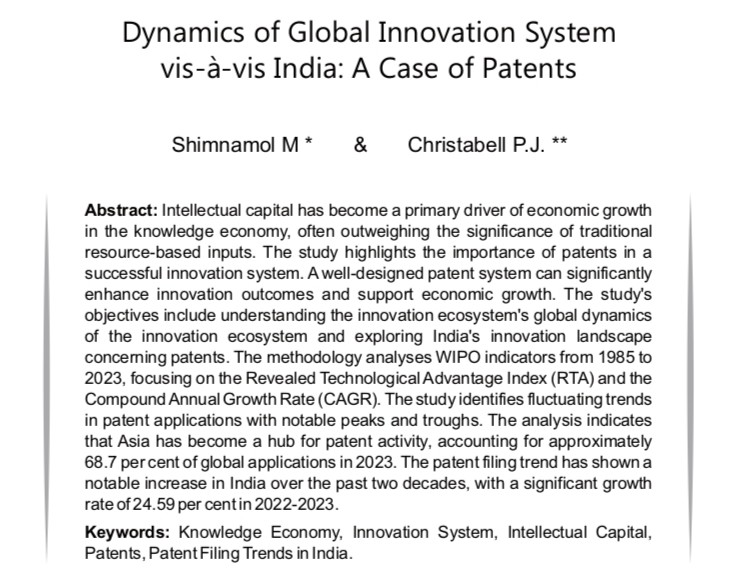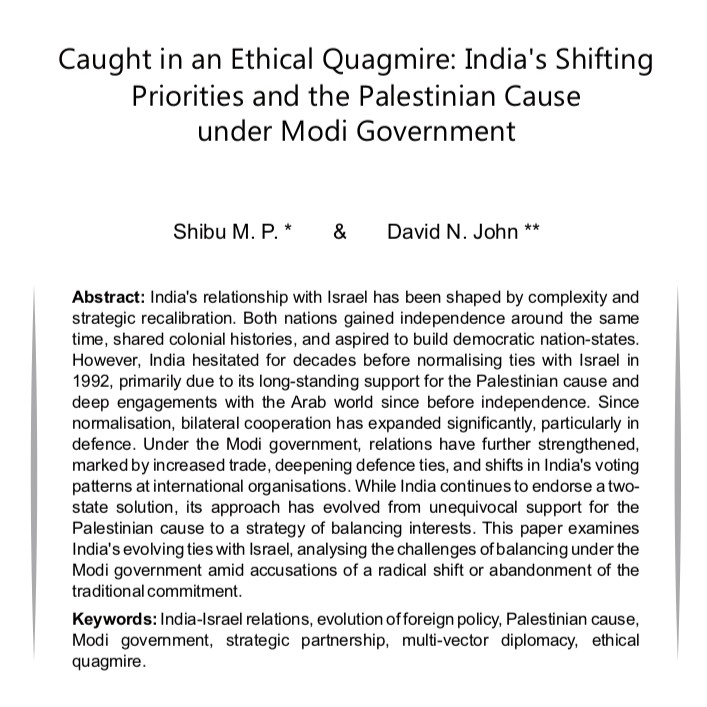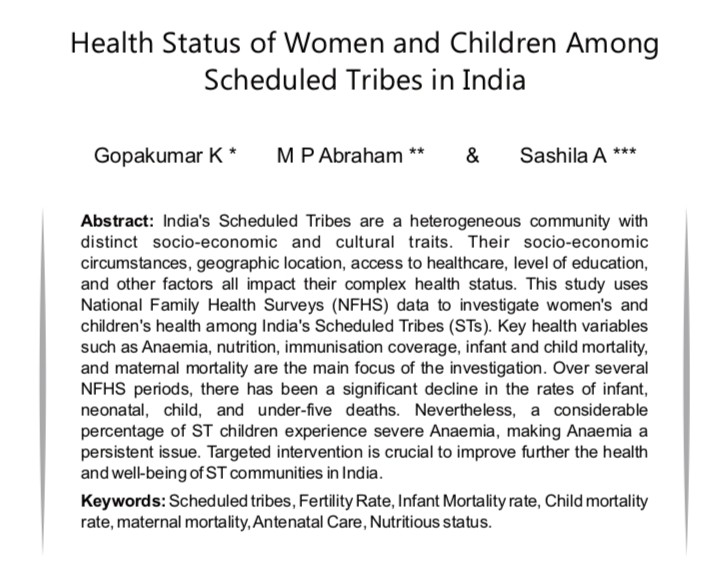ISDA Journal, a multidisciplinary and peer-reviewed Quarterly that mainly focuses on development and public policy, values the contributions of authors like you. We invite empirical studies, conceptual papers, and review articles that fall within the Journal’s scope for publication. Once submitted, your research papers and articles undergo a double-anonymized review process to ensure quality. Also, strict plagiarism checks through similarity detection software are integral to the review process and quality control. Authors must follow the instructions below while submitting articles or research papers for publication.
Maximum word limit
- Papers based on empirical data: 5000
- Conceptual paper and review articles: 6000
- Research notes and brief reports:1500.
Manuscript Format Instructions
Send Manuscripts as MS Word files, typed in Times New Roman, font size 12, and 1.5-line spacing. Ensure the title of the article/research paper is short and accurate. A shortened version of the title in 2/3 words should be given to use as the running head of the article/ paper. The author’s name (s) should
appear below the title, and the institutional affiliation(s) should be the footer on the first page alone. Acknowledgments, if any, may be given at the end of the paper. Add an abstract in about 150 words encapsulating the background information, objectives, methods, and findings. The keywords should be at most five. The introduction should not be a subheading. The introductory paragraphs should be concise and pertinent to the area of research. Follow APA style for in-text citations and references.
Structure of an Empirical Paper
Introduction, Objectives/Hypotheses, Method (not methodology), Results, Discussion, Conclusion and References. Objectives and hypotheses may be part of the introduction or under a separate sub- heading. Method (not ‘Methodology’) section should cover Techniques, Samples, Tools/Measures,
Procedures, etc. Results should be so that only the included data may be provided, preferably in tables and occasionally in figures. Data should be repeated in one form at maximum. Use Arabic numerals to number tables and figures. Please avoid detailed ANOVA tables and give only F-values and their significance. Avoid describing the values already provided in the tables in subsequent paragraphs. In the Discussion section, the findings may be briefly stated. In the following paragraphs, the findings may be discussed in light of relevant works in the past. Sometimes, the results need not be given under a separate sub-heading. Moreover, it may be included along with the discussion to avoid repetition. The conclusion should be unequivocal and in agreement with the findings. It may consist of a paragraph on the study’s applications, if any.
A conceptual paper should contain an abstract, an introduction, a description of a theory or proposition, a discussion, a closing paragraph, a conclusion, and references.
Mode of submission
All editorial communications should be directed to the Executive Editor, who oversees the entire submission and review process. The Executive Editor is reachable through the contact link (isdajournal.com/contact-us) on our website, www.isdajournal.com or isdakerala.com. The Executive Editor is the primary point of contact for all manuscript submissions. Manuscripts can also be emailed to the Executive Editor at isdajournaltvm@gmail.com. The Executive Editor is responsible for the initial manuscript review, coordinating the double-anonymized review process, and making the final decision
regarding publication.
The Review Process
All manuscripts undergo a three-tier review process. The reviewer’s comments will be communicated to the author. The manuscripts will have to be revised/redrafted as per the comments. The decision of the editor concerning publication is final. At the same time, the authors have the freedom to withdraw any manuscript at any time if the suggested modifications are not acceptable.
Publication Policy
Authors, we place our trust in your commitment to academic integrity. Please refrain from submitting the same manuscript to other publications for concurrent consideration. We require a certificate stating that the submitted paper is an original work, not published elsewhere fully or partially, and that you have complied with all ethical standards. You are solely responsible for the authenticity of the data, analysis, and conclusions. The ISDA Journal, its Editorial Board, and the Publisher (Institute for the Study of Developing Areas) deeply respect your work and are in no way responsible for the data and their interpretations. Remember, you should obtain permission from the Executive Editor to reproduce an article or any part thereof. Our editorial policy is clear: We will not consider an article/ research paper for publication if any other journal is currently reviewing it or if it has already been published or will be published elsewhere. The Journal or any part thereof may not be republished in any form without the written permission of the Executive Editor. All data, views, opinions, etc., are your sole responsibility. Neither the publisher nor Editorial Board is in any way responsible for them.


